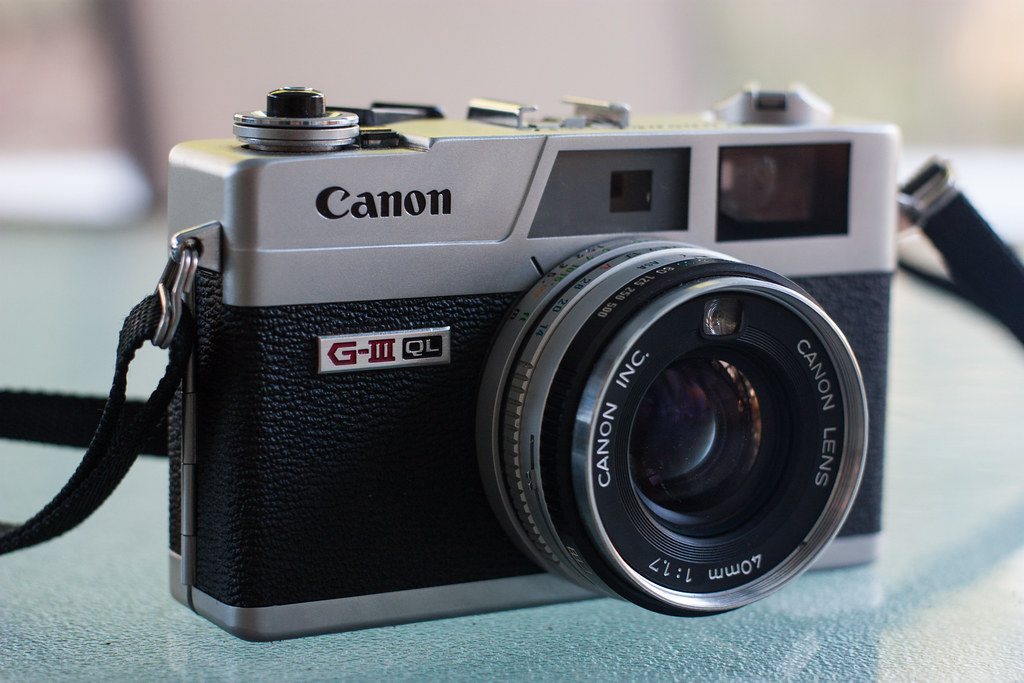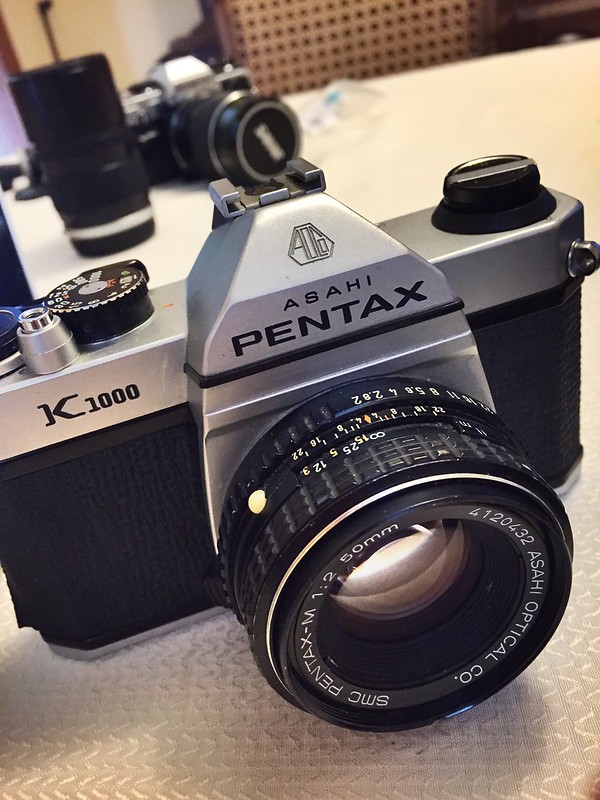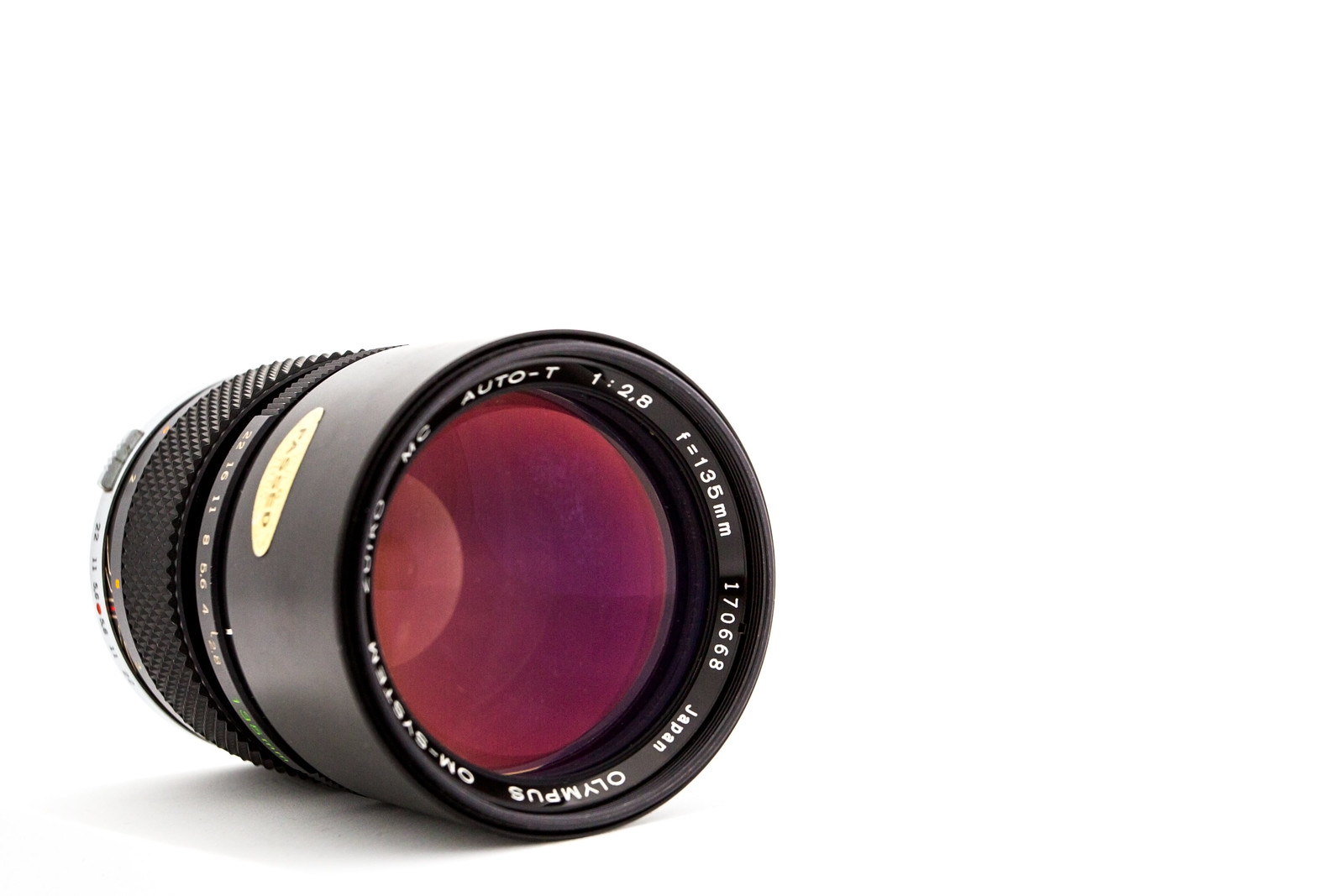Random, mostly photography-related musings by some guy on the internet that you've never met.
Thursday, October 1, 2015
Camera Review: Canonet QL17 GIII 35mm Rangefinder
It took a while, but I finally got around to running a few rolls through my Canonet QL17 GIII 35mm rangefinder camera (purchased for $50!). I've already mentioned it in a couple of previous posts, including a short how-to on adjusting the rangefinder spot, but I never really got around to reviewing it. So here we are!
Monday, August 31, 2015
Canonet QL17, QL19, and QL28 Vertical Rangefinder Adjustment
 I haven't even done a post on my relatively new-to-me Canonet QL17 GIII yet, but I thought I'd put up a quick guide on adjusting the rangefinder overlay. I just finished doing it, and it was quite a bit easier than I expected it to be.
I haven't even done a post on my relatively new-to-me Canonet QL17 GIII yet, but I thought I'd put up a quick guide on adjusting the rangefinder overlay. I just finished doing it, and it was quite a bit easier than I expected it to be.I noticed the problem when I first got the camera off of eBay. It was pretty minor, but I noticed that the overlay was vertically off just a little. So even when the focus level was maneuvered so that everything was perfectly lined up, it was still just a bit off. Of course, this doesn't affect focusing at all, since the focus moves the overlay horizontally rather than vertically, but it was a little annoying.
Wednesday, August 26, 2015
A Video Through the Eyes of a Mamiya C330
I adore my Mamiya C330, and so anything about that camera automatically clicks with me. And when that thing also happens to be unusually awesome, well... all the better.
This is a short video shot entirely through the waist-level finder of a Mamiya C330. How cool is that?!
Walk in the Woods from Daniel Regner on Vimeo.
This is a short video shot entirely through the waist-level finder of a Mamiya C330. How cool is that?!
Walk in the Woods from Daniel Regner on Vimeo.
Saturday, August 15, 2015
Some New Additions
I've had a pretty good week for adding to my film camera collection. The first bit of luck came when I noticed a Craigslist ad for a Pentax K1000 with a 50mm f/2 lens advertised for $25. Looking at the completed listings on eBay, the approximate value for this camera and lens in this condition looks to be around $60 to $80, so I drove out there and picked it up. I've got a test roll in there now, so at some point I'll be able to do a writeup for that one.
Then I gambled on an eBay auction for a Canon Canonet QL17 GIII, a 35mm rangefinder from 1972. The value of this camera is a little harder to pin down, it currently looks to be selling for between about $60 and $150. Some lower priced cameras needed only replacement light seals and some were in worse shape. The best condition cameras fetch the higher prices.
Then I gambled on an eBay auction for a Canon Canonet QL17 GIII, a 35mm rangefinder from 1972. The value of this camera is a little harder to pin down, it currently looks to be selling for between about $60 and $150. Some lower priced cameras needed only replacement light seals and some were in worse shape. The best condition cameras fetch the higher prices.
Thursday, July 23, 2015
Camera Review: Olympus OM-10 (With Manual Adapter)
The Olympus OM-10 was the first consumer-grade OM system 35mm SLR on the market, introduced in 1979. This particular camera was given to me by my stepdad in what can only be considered a film photographer's dream scenario, namely: "Here's a big box with several cameras, lenses, and other assorted gear. Take whatever you want, I don't want it in the house anymore."
Of course, after a couple of decades none of these cameras were at 100%, though they generally only require a CLA or minor adjustment to get them back to their former glory. The OM-10's only imperfection is a bit of an odd one. When the ISO setting is at the highest value of 1600 and the shutter is released, the mirror flips up only half way and the camera emits a random series of chattery beeps, like an 8-bit squirrel on methamphetamine. It won't stop until I move the ISO to a lower value, at which point the chattering stops and the mirror resets to its resting position.
Of course, after a couple of decades none of these cameras were at 100%, though they generally only require a CLA or minor adjustment to get them back to their former glory. The OM-10's only imperfection is a bit of an odd one. When the ISO setting is at the highest value of 1600 and the shutter is released, the mirror flips up only half way and the camera emits a random series of chattery beeps, like an 8-bit squirrel on methamphetamine. It won't stop until I move the ISO to a lower value, at which point the chattering stops and the mirror resets to its resting position.
Monday, July 13, 2015
Camera Review: Mamiya C330 Professional

Mamiya C-Series Cameras
The Mamiya C-series TLRs have been around for quite some time, with the original Mamiyaflex C being released in 1956 or 1957. Shortly after that, the line split into two with the C2 and the C3 (the latter being the slightly more advanced model). Subsequent generations continued in this fashion with the C22/C33, and finally C220/C330 and variants (C220f, C330f, C330s).
After the Rolleicord III stole my heart, there was very little chance that it would be my last TLR. The
next focal point for my obsession was the Mamiya C330. After much searching on eBay and Craigslist, I found a near-perfect specimen sporting a Mamiya-Sekor 80mm f/2.8 "Blue Dot" lens pair.
This particular model (with no suffix) was in production from 1969 to 1974. It had several improvements over its predecessor the C33, including support for both 120 and 220 film (by rotating a plate on the film door), and interchangeable focus screens.
Monday, July 6, 2015
Lens Review: Olympus OM Zuiko 135mm f/2.8
Zuiko lenses in general (at least the ones I've used) are pretty excellent. I looked around at the two 135mm primes (the f/3.5 and the f/2.8) for a while, and while the 3.5 was cheaper, they were both very reasonably priced. Right now it looks like you can get a very clean copy of the 3.5 for around $80, while the 2.8 will run about $175 to $200.
Converting Old Lenses For Use On Digital SLRs
I first discovered this unique and often overlooked aspect to the hobby some time in 2006. I had gone fully digital a couple of years prior with the release of the first generation Digital Rebel (300D), and I had some old Olympus OM and Canon FD glass that was sitting unused. At the time there weren't too many adapters out there (now the market is overflowing with them), but I did find an OM-mount to EOS-mount adapter, and that's how it all started.
Hopefully, if you're interested in getting started with adaptation of older lenses to a newer format, something in this post will be useful to you.
Hopefully, if you're interested in getting started with adaptation of older lenses to a newer format, something in this post will be useful to you.
Labels:
adapter,
adapting,
autofocus confirmation,
camera,
Canon,
convert,
converting,
digital,
flange focal distance,
introduction,
lenses,
M42,
manual focus,
manual lens,
mount options,
mounts,
Nikon,
old,
Olympus,
Pentax
Tuesday, June 23, 2015
How Extension Tubes Work
There seems to be a lot of misconceptions out there regarding extension tubes and how they work, and if you're just getting started with them, it can be a little frustrating when you're not getting them to behave how you might expect. I've talked a few people through it to clear up questions they had, so hopefully by writing up a post about it, it will help someone else one day.
Some years back, I ran across several product reviews for a set of extension tubes that were unnecessarily negative. The main reason was because the users expected to be able to "zoom in" farther with these tubes to allow the subject to better fill the frame. What they were probably thinking of was a teleconverter, which introduces additional lens elements to effectively increase the focal length of the lens it's attached to. Extension tubes are different. They have no optical elements at all; their only purpose is to add additional distance between the lens and the film plane. If you really wanted to, you could actually make your own extension tube with a cardboard toilet paper tube! That's how simple they are.
Extension Tubes Are Just Spacers
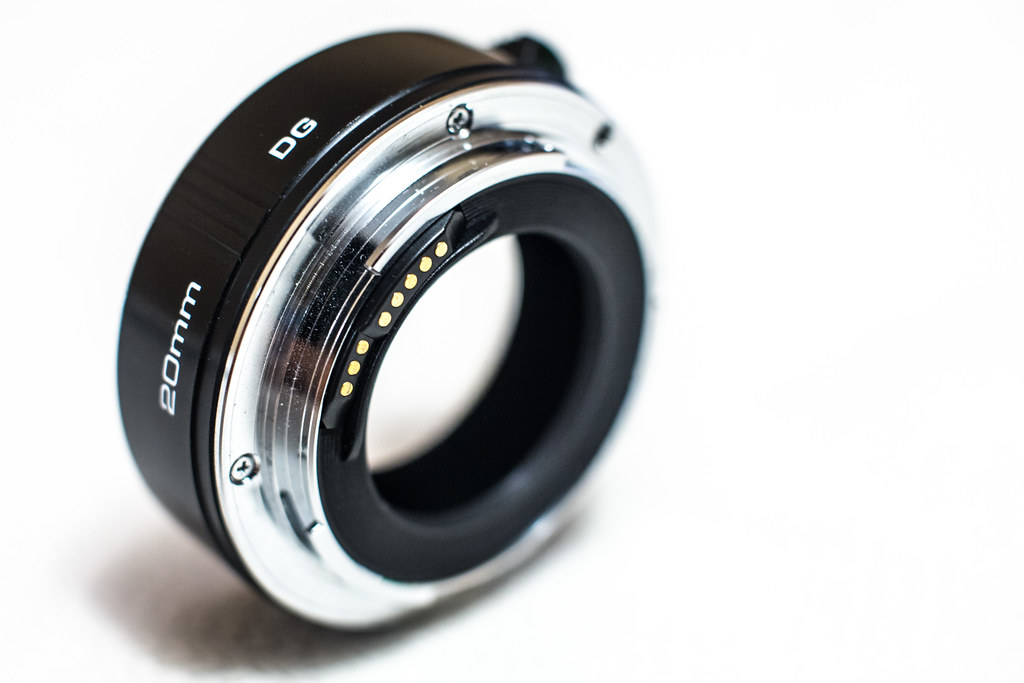 |
| An extension tube |
Labels:
camera,
close-up,
digital,
examples,
extension tubes,
film,
flange focal distance,
focus,
focusing,
instruction,
kenko,
lenses,
macro,
operation,
optics,
photography,
teleconverter,
usage,
using
Wednesday, June 10, 2015
Lightning Storm
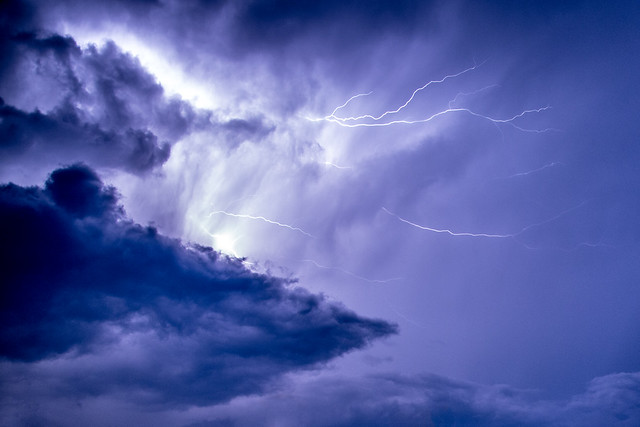 |
| Lightning peeking out of a cloud formation (see larger image) |
Subscribe to:
Posts (Atom)
